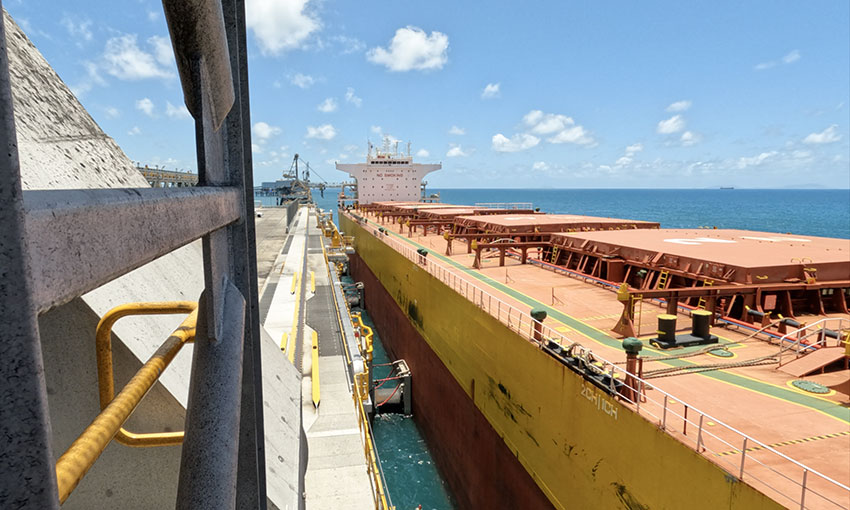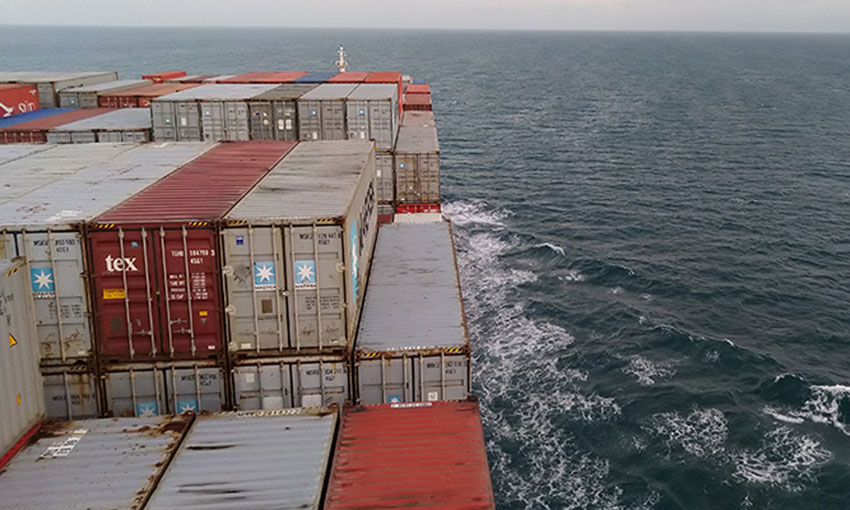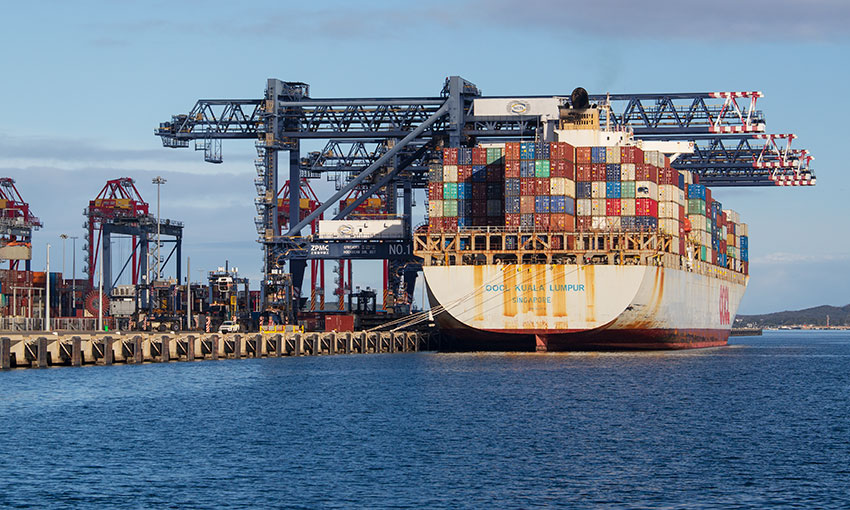TWENTY twenty-three is the 30th anniversary of OMC International’s DUKC.
The dynamic under-keel clearance system was first installed at the Queensland coal port of Hay Point.
OMC said the installation of DUKC increased sailing draughts and windows and reduced navigational risk. And through this, it minimised the amount of shipping required through the Great Barrier Reef Marine Park, prevented groundings and reduced the dredging required to maintain the shipping channel.
“The technology was considered revolutionary for its time, immediately enabling ships to safely increase their sailing drafts. DUKC has continuously evolved as the supporting technologies such as the cloud and internet of things, and computational power have all advanced,” the company said.
“With the latest vessel motion modelling and the application of leading-edge AI technology, it is now possible to assimilate measured vessel measurements in real-time to ensure the highest level of accuracy and system validation.”
The company said client-driven innovations have extended the functionality beyond UKC towards port optimisation, allowing ports to harness the data captured within DUKC to enhance evidence-based decisions.
“DUKC provides certainty for vessels to sail at the maximum safe draft based on the unique characteristics of the vessel, transit, and port, as well as the prevailing environmental conditions,” the company said.
“Where maximum draft is not the primary concern, for example liner trades, and bulk and liquid imports, DUKC increases the available sailing window. This increases channel capacity, minimizes vessels delays, and ultimately reduces dredging requirements. For adverse weather conditions, DUKC has provided advice to prevent sailings that would otherwise have potentially resulted in vessels grounding had the existing static UKC rules been followed.”
Since it was first introduced in 1993, DUKC has been used for more than 200,000 transits and, according to OMC, has maintained a “perfect safety record”.



